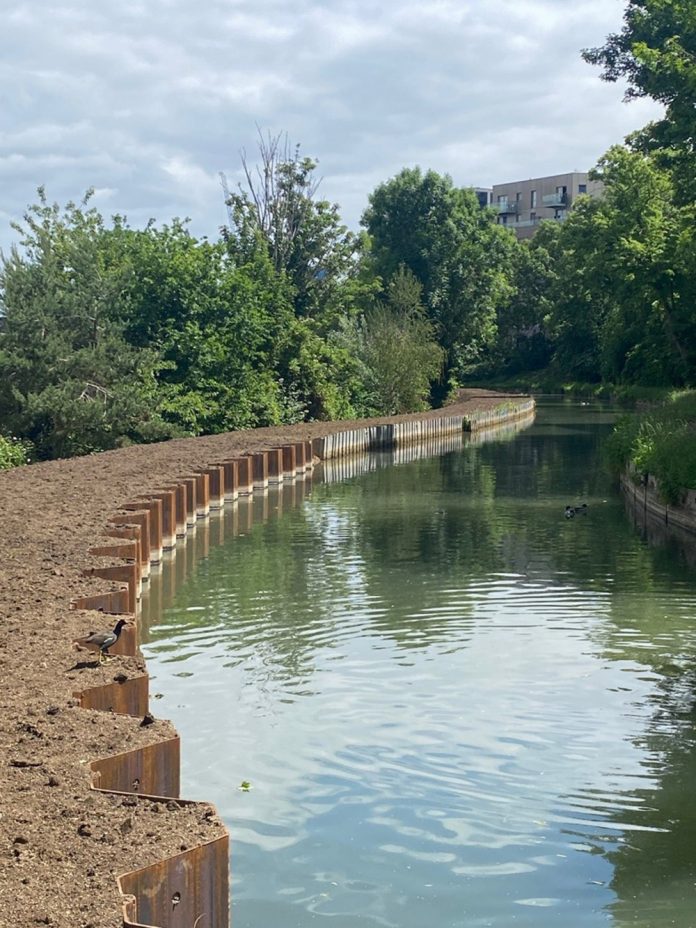Thames Water has refurbished part of its oldest asset, which dates back to 1613.
Over £6m was allocated to a section of the New River in North London, to futureproof against flooding and leakage.
The artificial waterway opened in the 17th century, providing city dwellers with high quality drinking water.
The manmade asset transfers raw water each day from the source on the River Lea to Coppermills Water Treatment Works.
This latest upgrade is part of a wider investment plan by Thames Water, to build resilience to this critical waterway and safeguard the area’s drinking water supply for generations to come.
Project manager Sayed Alam said: “Our purpose is to deliver life’s essential service, so our customers, communities and the environment can thrive.
“This was a major refurbishment project and was completed seamlessly from start to finish, with minimal disruption to the local community and little impact to the New River’s environment.
“As custodians of important infrastructure, it is essential to ensure our assets are resilient to the pressures of London’s growing needs and provide resilience in our infrastructure, as we continue to deliver high-quality drinking water for customers across the capital.”
Work was originally completed in March 2025, and the site released back to the public in June. The project covered a 778m section of the river and took a year to complete utilising the use of Giken technology.
The work was carried out by Barhale, which installed a sheet piled wall using a Giken Piling Rig, reducing noise and vibration during construction.
Barhale’s Water Director for the Southern Region, Shane Gorman, said: “It was great to collaborate with Thames Water, developing a solution that had a low carbon footprint during construction and a minimal impact to the local environment and residents.
“Thames Water continues to invest in strategic infrastructure projects across its network, reinforcing customer water supplies and minimising any potential future disruption.”




